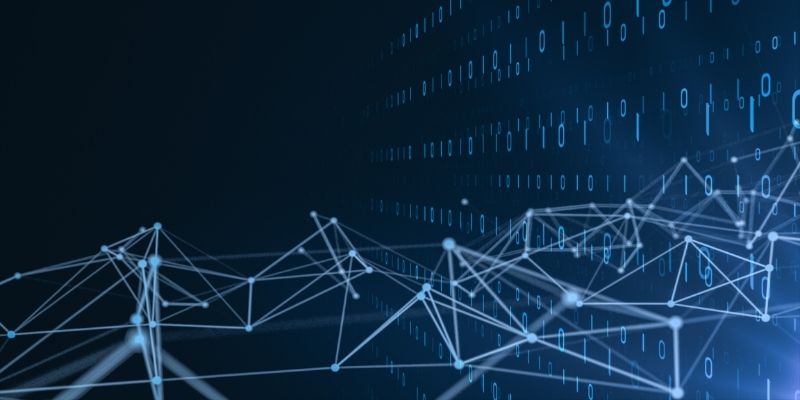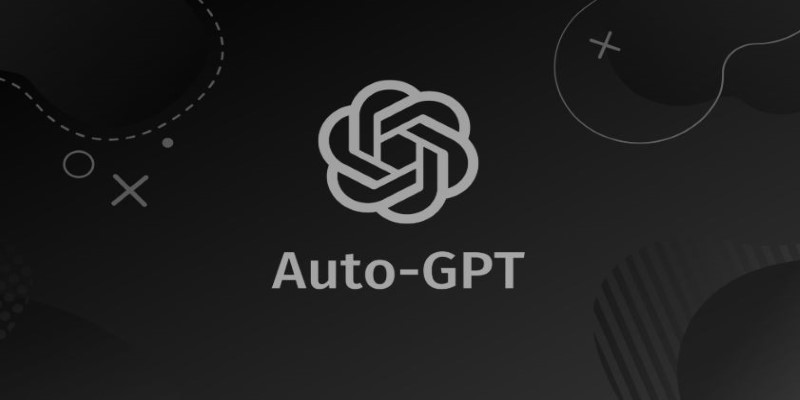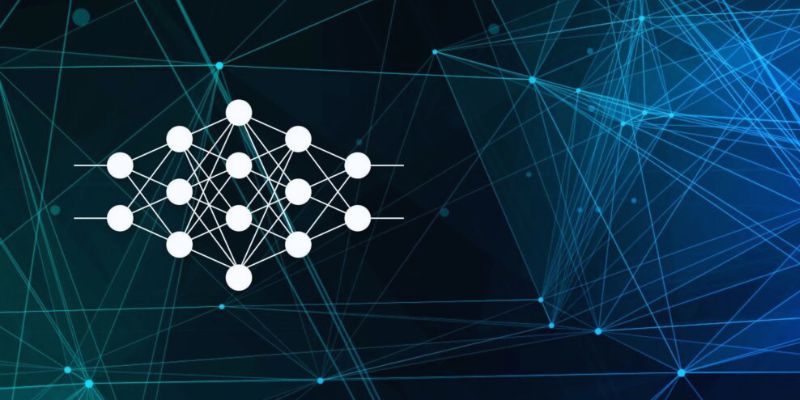Advertisement
A compelling story has captivated popular media and even certain sectors of academia in recent years: the theory that artificial intelligence would soon become a superintelligent force capable of eradicating humanity. Often referred to as "AI doomerism," this view stems from worries about intelligent computers developing agendas incompatible with human welfare. Figures like Eliezer Yudkowitz and others from the Effective Altruism movement have frequently cautioned against a situation wherein artificial intelligence systems may outthink, outmanoeuvre, and finally outpower humans. They cite the fast evolution of reinforcement learning systems and big language models as forebears of an uncontrollably intelligent explosion.

While future worries about artificial intelligence superintelligence grab headlines, current damage frequently goes unnoticed, yet it is serious. Already, surveillance, police, and social profiling AI systems have seriously harmed underprivileged groups. For example, predictive policing instruments unfairly target communities of colour, therefore perpetuating systematic disparities.
Facial recognition technology has been connected to erroneous arrests, especially among non-white groups, resulting from skewed training data. These are concrete, quantifiable, powerful forces directly influencing actual people and real communities daily, not theoretical threats. AI technologies are being used increasingly in the workplace to track employee performance, screen job prospects, and even schedule management. These implementations often lack openness and responsibility. Based on opaque algorithms, workers could be punished; there is a limited chance to contest choices.
Gig economy sites, meanwhile, use artificial intelligence to dynamically assign work and change pay without thinking through the human cost. These methods show how, particularly motivated by profit, artificial intelligence might scale current power disparities and reflect how they could be maintained. If we consider far-off doomsday possibilities, we might overlook how artificial intelligence now negatively impacts people, especially those with the least influence in the development process.
Though general interest in artificial intelligence's powers is great, it is important to dispel the idea that AI runs independently. Great networks of human labour build, teach, and refine artificial intelligence systems. AI is essentially a human-driven business, from the data labelling done by unpaid labour to the decision-making frameworks created by engineers. It follows the reason ingrained in its code and training data, not thinks, feels, or decides independently. This misinterpretation of artificial intelligence's autonomy fuels the fantasy of sentient robots.
Researchers like Alex Hanna and Emily Bender contend that artificial intelligence should not be personified or mystified. This helps to move the emphasis from the institutions and policies controlling its usage. These professionals stress the human cost of artificial intelligence, particularly the Global South's low-wage data worker exploitation behind the scenes to teach models. Artificial intelligence systems magnify the values and constraints of the individuals who develop them. Understanding this pushes us to change the conversation from imagined machine autonomy to the human structures that permit and drive AI's influence.
The propagation of false information by present artificial intelligence systems is one of the most sneaky and growing threats they pose. False stories, public opinion manipulation, and misleading information flooding social media platforms are increasingly created from AI-generated material. Now that generative models can create lifelike text, audio, and video, consumers find it more difficult to tell reality from fantasy. Deepfake films have already been weaponised in political campaigns, revenge pornography, and celebrity imitation, therefore undermining faith in digital media.
These technologies are swiftly emerging rather than some fantasy. In democratic countries, where public opinion drives government and policy, the degradation of truth is especially perilous. Should individuals mistrust what they see or hear, the credibility of science, media, and democratic elections may be undermined. Dealing with this dilemma requires robust legislative frameworks, public literacy initiatives, and platform responsibility—not just for technology fixes. Ignoring this danger in favour of speculating about superintelligence ignores a vital and current challenge: the fight against misinformation is now underway, and AI is both a weapon and a battleground.
Powerful artificial intelligence models have a great environmental cost hidden behind their development. Large-scale models like -4 or Gemini need significant computing capability, which uses much energy. Often working 24/7, data centres need to be kept cold. According to recent research, one big artificial intelligence model may produce as much carbon emissions as five automobiles combined during its lifespan. Though its importance in a society concerned about climate change, this environmental effect is seldom mentioned in popular debates on artificial intelligence.
Apart from environmental issues, moral dilemmas also surface about the evolution of AI. Which data are used to train these models? How are data ownership, privacy, and consent respected—or violated? Too frequently, personal data is gathered from the internet without the knowledge or permission of the people concerned. We must start seriously challenging sustainability, consent, and the moral cost of innovation to transcend the AI apocalyptic story.
The actual hazards artificial intelligence presents are hotly debated among members of the AI research community. While some highlight existential dangers, others stress deeper-rooted, systematic damage. According to a recent poll of artificial intelligence professionals, opinions on the probability of catastrophic events vary greatly; many acknowledge not knowing important ideas like instrumental convergence. This variety of viewpoints implies that no one has agreed upon a definition of what ethical artificial intelligence research should include, even in the field. It also emphasises the necessity of more intense multidisciplinary communication.
Mediating the differences between artificial intelligence optimists, realists, and pessimists calls for honest communication, inclusive venues, and a common dedication to openness. Computer scientists alone cannot lead the effort; social scientists, ethicists, legislators, and impacted populations must all have a seat at the table. Dealing with AI's hazards calls for cooperation across several lines. Encouragement of many points of view will help us to get beyond polarisation and towards practical solutions reflecting the complexity of artificial intelligence's effect on society.

The story of an artificial intelligence Armageddon creates interesting fiction and arresting headlines. As we have shown, however, the actual dangers of artificial intelligence are occurring right now rather than theoretical or far-off. AI profoundly changes society from biased surveillance systems and labour exploitation to disinformation and environmental damage. If we merely pay attention to existential threats, we could overlook the daily injustices that AI mirrors and supports.
We have to change our perspective in the future from fear to accountability. This implies recognising artificial intelligence (made by humans, for people) as a tool and advocating careful development and use of it. Strong governance, moral leadership, multidisciplinary cooperation, and a dedication to fairness and openness are prerequisites. Only then will we be able to separate the hype from reality and create a future in which artificial intelligence is a friend rather than a danger to humans.
Advertisement

Need to filter your DataFrame without writing complex code? Learn how pandas lets you pick the rows you want using simple, flexible techniques

Explore how generative AI transforms knowledge management with smarter search, automation, and personalised insights

Want to run Auto-GPT on Ubuntu without Docker? This step-by-step guide shows you how to install Python, clone the repo, add your API key, and get it running in minutes

Explore core concepts of artificial neural network modeling and know how neural networks in AI systems power real‑world solutions

Explore the modern AI evolution timeline and decade of AI technology progress, highlighting rapid AI development milestones

A venture capital firm announces funding initiatives to support early-stage startups building innovative AI tools.

Top AI hardware vendors join forces to compete with Nvidia and reshape the AI infrastructure market.

Curious about Arc Search? Learn how this AI-powered browser is reshaping mobile browsing with personalized, faster, and smarter experiences on your iPhone

Learn the basics of Physical AI, how it's different from traditional AI, and why it's the future of smart machines.

Curious about OLA Krutrim? Learn how to use this AI tool for writing, summarizing, and translating in multiple Indian languages with ease

How can ChatGPT improve your blogging in 2025? Discover 10 ways to boost productivity, create SEO-friendly content, and streamline your blogging workflow with AI.

Learn about fintech’s AI challenges: explainability gaps, synthetic identity fraud, compliance requirements, and others.